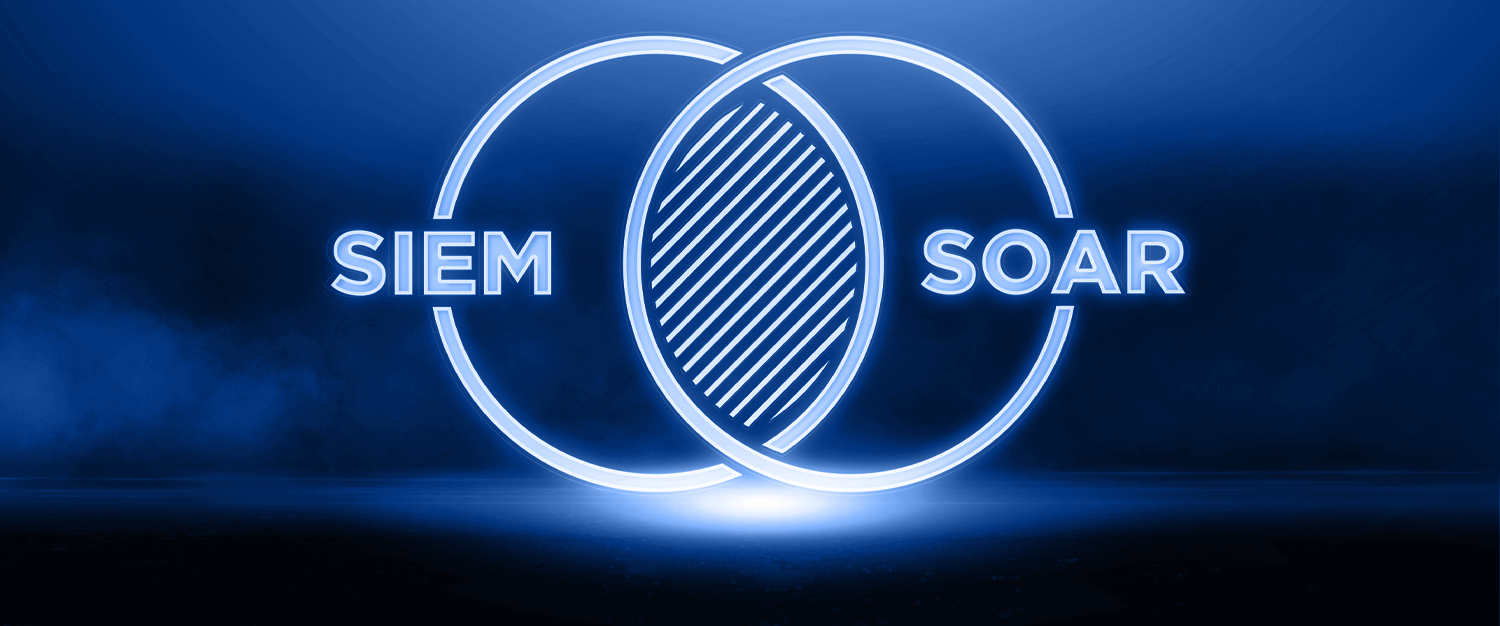Understanding the Differences of SIEM and SOAR
 Esha Adhawade
Esha Adhawade
Security Information and Event Management (SIEM) and Security Orchestration, Automation, and Response (SOAR) have become significant systems in modern cybersecurity. In this blog, we will discuss the intricacies of SIEM & SOAR, and explore their differences and functionalities.
What is SIEM?
Security Information and Event Management (SIEM) is a system that provides real-time analysis of security alerts caused by applications and networks. The insights provided, from the collection and analysis of data, help security analysts detect and respond to threats efficiently.
Key Functions:
Data Collection and Aggregation
SIEM systems gather data and logs from devices, servers, applications, etc. It's a centralized environment to gain insight into the organization's IT environment.
Data Analysis (Normalization and Correlation)
Data normalization is the process of reorganizing data, such as removing unstructured or redundant data. SIEM systems normalize data to apply correlation rules which help identify patterns for potential security incidents. It helps reduce any false positives.
Real-Time Monitoring / Alerts
SIEM systems continuously monitor data so they can detect unusual behaviors and generate alerts in real-time. This allows security analysts to respond to high-priority alerts before any detrimental incidents occur within the organization.
Compliance Reporting
SIEM allows for advanced reporting capabilities to ensure that organizations meet regulatory compliance requirements. The reports provide visibility into security events and incidents to ensure that organizations meet compliance standards such as GDPR, HIPAA, and PCI-DSS
What is SOAR?
Security Orchestration, Automation, and Response (SOAR) is designed to automate responses to security incidents. It combines several tools to effectively manage threats.
Key Functions:
Orchestration
SOAR seamlessly integrates different security tools and systems. This ensures there's coordinated responses and recommendations for security incidents.
Automation
SOAR systems automate receptive security tasks. These automated tasks include data enrichments, threat intelligence gathering, and executing response actions.
Incident Response
SOAR has workbooks and playbooks that act as guides to several types of security incidents. These procedures keep consistency and efficiency for incident handling.
Case Management
SOAR platforms provide case management features that help track and document a security incidents lifecycle. This includes the security incident's insights on investigations, response actions, and post-incident analysis.
SIEM vs. SOAR
The primary focus for SIEM is to provide security insights on an organizations environment based on data analysis performed on data provided through data aggregation and real-time monitoring. Where as, SOAR focuses on automation of incident responses and case management. As discussed above SIEM is a centralized platform collects and normalizes logs and event data from several sources, while SOAR interacts with several security tools to automate responses. Their alerting techniques vary as well. SIEM generates real-time alerts based on previous data and pre-defined correlation rules, while SOAR automatically executes security responses based on predefined playbooks and workflows. SIEM also provides more depth for regulatory compliance while SOAR only provides compliance information for auditing purposes.
How do they complement each other?
SIEM and SOAR work together to provide a comprehensive protection system and there are four main benefits of utilizing both systems.
Enhanced Incident Detection and Response
SIEM provides real time monitoring to immediately detect potential threats and SOAR's automation capabilities can immediately execute response actions. Together, it reduces the exposure of the incident and requires less user interaction to manage threats.
Advanced Incident Management
SIEM provides the required data and sources for incident analysis and SOAR utilizes automated workflows and playbooks to streamline the response process.
Improved Resource Allocation
Security analysts have the ability to focus on innovative strategies to tackle the rise of sophisticated cyber attacks and/or focus on high priority security incidents through the insights SIEM platforms provide, while SOAR can independently tackle the repetitive tasks and lower priority threats.
Comprehensive Security Posture
Utilizng both SIEM and SOAR platforms create a more proactive security system through the comprehensive insights SIEM provides and efficient response mechanisms SOAR provides. This, over time, improves the organization's security posture.
Overall, by leveraging the strengths of both systems, organizations can attain a more comprehensive and efficient security operations. They can ensure that their digital assets remain protected in such a vast threat landscape.
Subscribe to my newsletter
Read articles from Esha Adhawade directly inside your inbox. Subscribe to the newsletter, and don't miss out.
Written by
